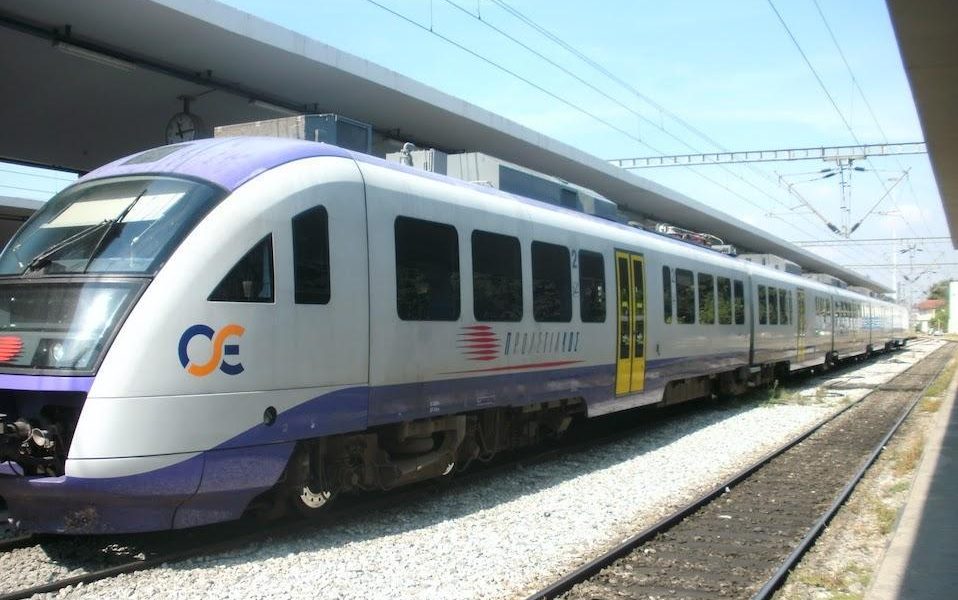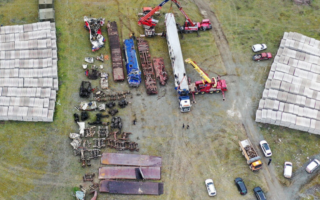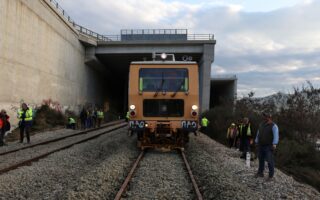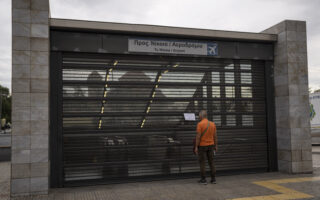Train report was writing on the wall
An assessment in 2018 by the Aristotle University highlighted railroad shortcomings

In the aftermath of a train crash in 2017, a technical report was drafted by the Aristotle University of Thessaloniki, citing shortcomings and proposing measures for the Greek railway network. It now appears prophetic after last week’s deadliest-ever rail accident in Greece.
Among the recommendations made in the 2018 report was that radio communication between station managers and drivers be carried out in a more “structured way,” similar to air transport and other rail networks. “That is, specific wording, phrasing, recording by the driver of the content of each telegram so that the message can be absorbed and verified by the two station masters and the driver involved in the conversation, so that the correct recording can be made,” it said.
The report stressed the need for strict discipline in the observance of the General Rules of Traffic by all parties involved (station masters, drivers, train supervisors) and the completion of the installation and putting into service of ETCS – which is the protection system universally applicable in the European Union.
The report was issued after the 2017 train accident at Adendros in Thessaloniki, northern Greece, which claimed the lives of three people. Tellingly, on Tuesday, Supreme Court prosecutor Isidoros Dogiakos, in the context of the investigation into the railway tragedy in Tempe, asked for the case file on the accident in Adendros to be forwarded to him, in order to determine whether the investigation needs to be reopened.
The accident at Adendros occurred at 9.36 p.m. when the Intercity 58 train, carrying 61 people, of which five were crew members operating the Athens-Thessaloniki route, derailed just outside the rural railway station.
The report analyzes the causes of the derailment and identifies a series of measures to prevent a similar incident. Apart from the need for greater compliance with the General Rules of Traffic, it also stressed the need for a fully operational electrical signaling system and the existence of automatic train protection systems.
It also proposed, among a long list of recommendations, the installation of a system to “assist the driver in driving,” with functions such as warning the driver of speeding, signaling in the driver’s cabin (speed limit indications), monitoring the permitted line speed, etc.





